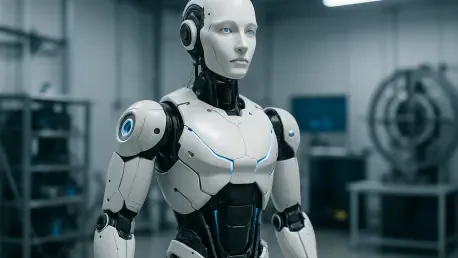
Could a robot fold laundry, cook dinner, or care for an aging loved one as naturally as a human? This once-fanciful idea is inching closer to reality with the rise of physical AI, a groundbreaking fusion of artificial intelligence and tangible robotics that promises to transform daily life. Unlike
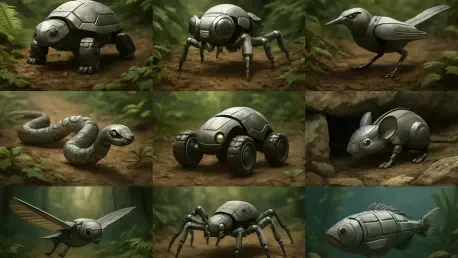
Today, we’re thrilled to sit down with Oscar Vail, a leading technology expert whose groundbreaking work in robotics, quantum computing, and open-source innovation is shaping the future of autonomous systems. With a passion for bio-inspired solutions, Oscar has been at the forefront of developing a
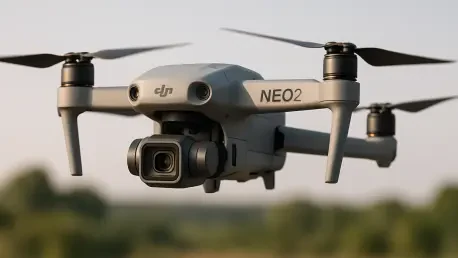
I'm thrilled to sit down with Oscar Vail, a renowned technology expert whose deep knowledge of emerging fields like quantum computing, robotics, and open-source projects has made him a trusted voice in the industry. With a particular passion for consumer electronics, Oscar has been closely
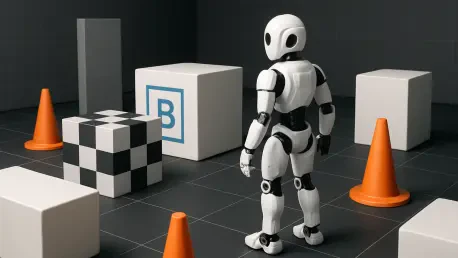
In a world where robots are increasingly expected to perform tasks with human-like precision, the gap between mechanical capabilities and natural spatial understanding remains a formidable barrier that must be overcome. Consider a scenario in a bustling hospital where a robotic assistant must
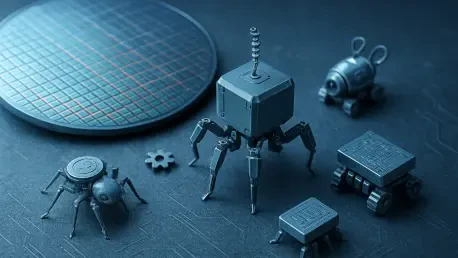
What if machines so small they could dance on the head of a pin held the power to revolutionize surgery, manufacturing, and wearable tech? In labs at Carnegie Mellon University, researchers are turning this once-fanciful idea into reality, crafting robots tinier than a grain of salt with precision
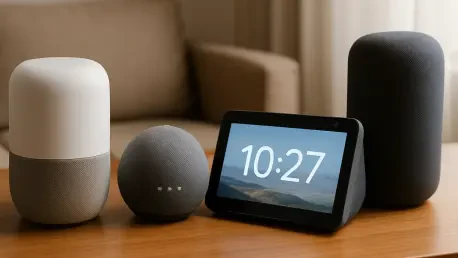
I'm thrilled to sit down with Oscar Vail, a renowned technology expert whose passion for innovation has kept him at the forefront of groundbreaking fields like quantum computing, robotics, and open-source projects. With his deep understanding of emerging tech, Oscar is the perfect person to dive